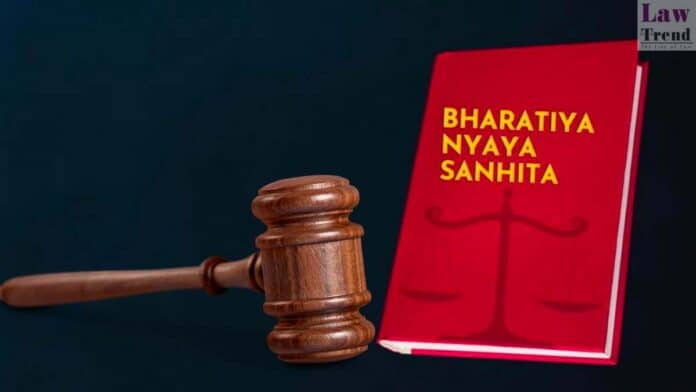Today marks a significant change in India’s legal landscape as the country officially adopts the new criminal laws, replacing colonial-era legislations. This morning, the Delhi Police registered the first FIR in Delhi under the new laws at the New Delhi Railway Station.
Sri Amit Shah informed the press that the first case under the new criminal laws was lodged in Madhya Pradesh.
“The first case under the new law was registered at 12:10 AM for theft in Gwalior. It is a lie that the first case has been registered against a street vendor.”
Details of the Case:
The incident that led to the FIR occurred on the foot overbridge at New Delhi Railway Station, where a vendor was allegedly causing obstruction by running his shop. The vendor, whose identity has not been disclosed, faces charges under Sections 173 and 285 of the new Bharatiya Nagarik Suraksha Sanhita (BNSS). According to the FIR, the accused was selling tobacco products and water from his cart, creating inconvenience for pedestrians. Despite several warnings from the patrolling officers to move his cart, he reportedly ignored their instructions, leading to his arrest.
Understanding the New Laws:
Section 173 under BNSS relates to causing public nuisance and obstruction, while Section 285 deals with endangering public safety through negligent conduct. These new provisions are part of the broader overhaul in India’s criminal justice system, which now operates under the Bharatiya Nyay Sanhita 2023, Bharatiya Sakshya Adhiniyam 2023, and BNSS, replacing the previous IPC and CRPC.
Key Features of the New Criminal Laws:
– Bharatiya Nyay Sanhita (BNS): It contains 358 sections, fewer than the previous IPC’s 511 but introduces 21 new offences, increases imprisonment terms for 41 offences, and enhances fines for 82 offences. It also introduces minimum sentences for 25 offences and community service as a punishment for six offences.
– Bharatiya Nagarik Suraksha Sanhita (BNSS): Compared to the old CRPC’s 484 sections, BNSS has 531 sections, with changes made to 177 sections, addition of nine new sections and 39 sub-sections, and the removal of 14 sections.
– Bharatiya Sakshya Adhiniyam (BSA): This new evidence act, replacing the old one, consists of 170 sections with modifications to 24 sections, addition of two new sub-sections, and deletion of six sections.




